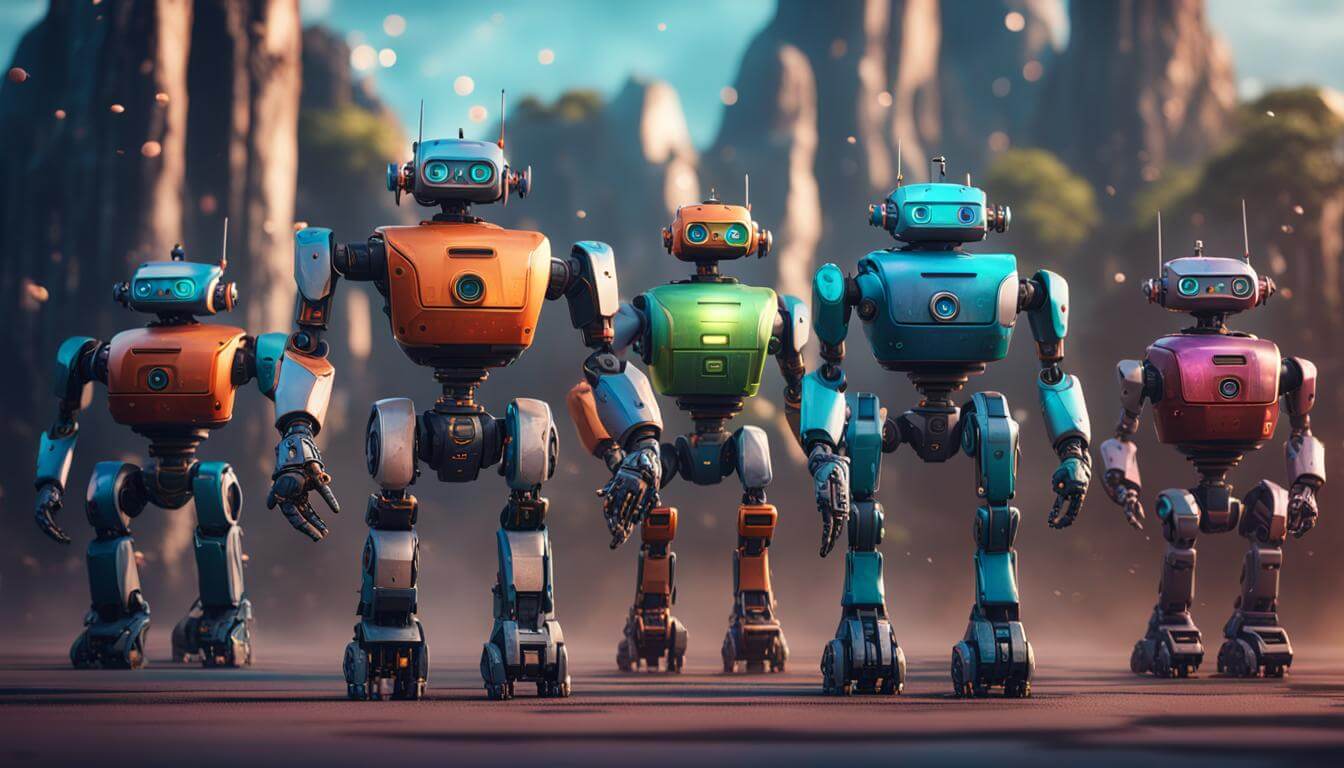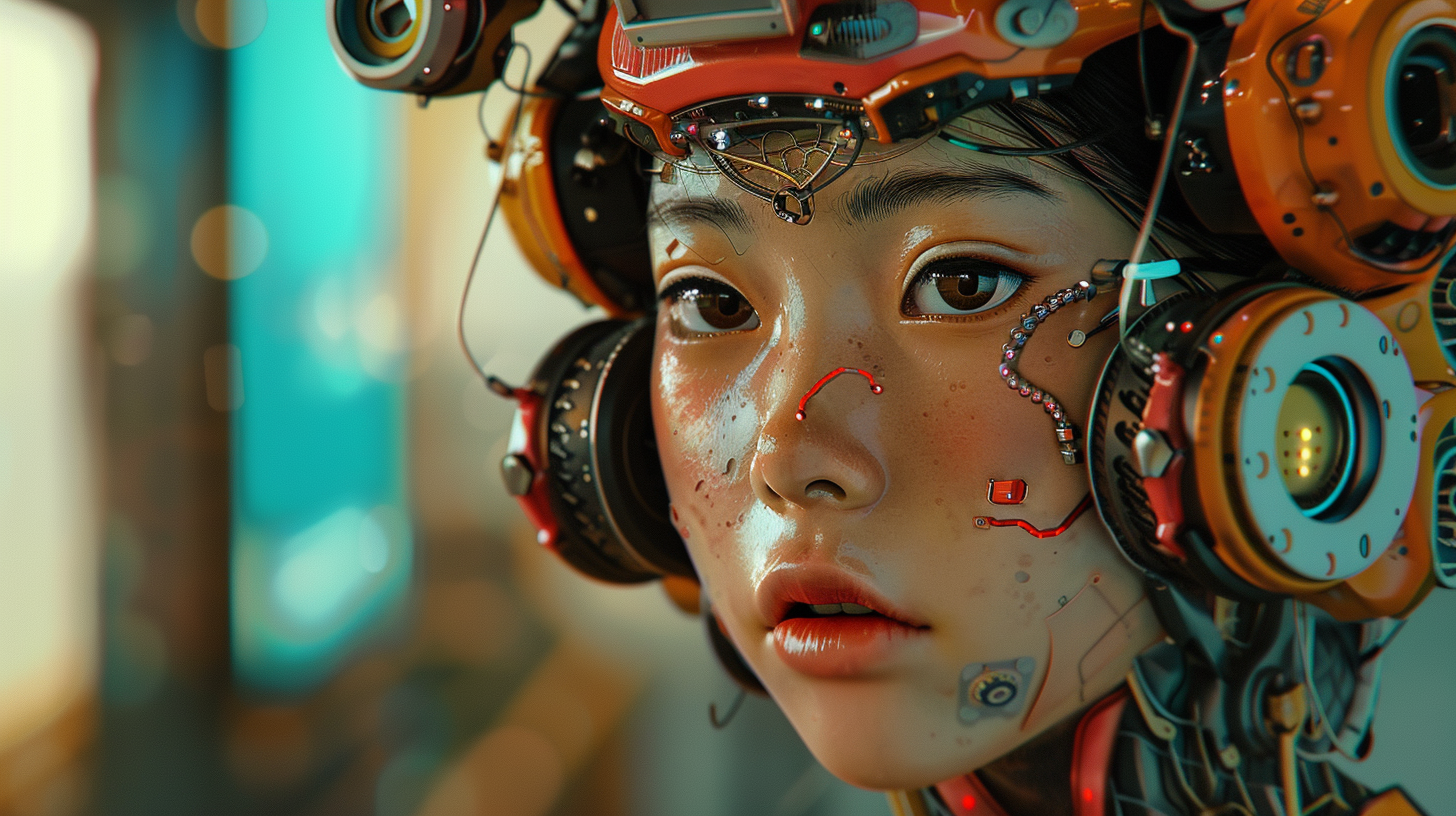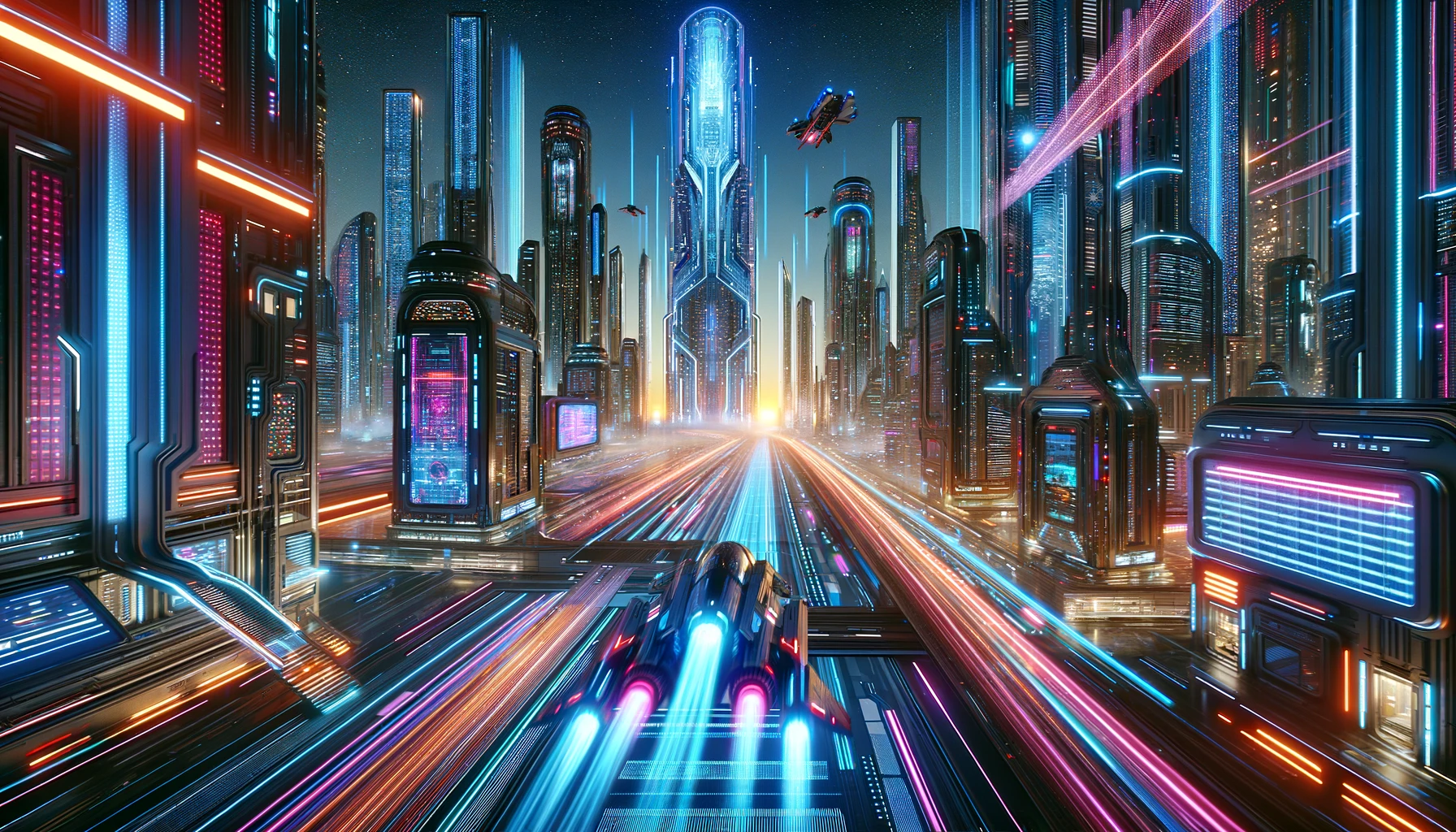TL;DR:
- Artificial intelligence (AI) in Asia is categorised into two main areas: capabilities and functionalities.
- Asia is at the forefront of AI advancements, particularly in the pursuit of AGI and super AI.
- The future of AI in Asia promises significant breakthroughs, including theory-of-mind AI and self-aware AI.
Artificial Intelligence in Asia: A Continent at the Cutting Edge
AI is not a one-size-fits-all phenomenon. It encompasses a broad range of technologies, and each has unique abilities and applications. In this article, we’ll embark on an enlightening journey through the seven primary types of AI, with a special emphasis on the groundbreaking advancements occurring across the dynamic continent of Asia.
AI Capabilities and Functionalities: A Tale of Diversity
It can be classified into two main categories: capabilities, which focus on the intelligence and complexity of an AI system, and functionalities, which pertain to the methods employed by AI to accomplish tasks.
Capabilities: From Single-task Specialists to Universal Geniuses
Artificial Narrow Intelligence (ANI, or weak AI): ANI is the only AI form currently in existence. These systems excel at specific tasks, such as voice recognition or game playing, but lack the generalized intelligence to perform tasks outside their scope.
Artificial General Intelligence (AGI, or Strong AI): AGI represents the next big leap in AI. This elusive type of AI would possess the ability to learn, understand, and adapt across a broad range of tasks, much like a human being. Researchers in Tokyo and Bangalore are tirelessly working to transform AGI from science fiction to reality.
Artificial Superintelligence (ASI): ASI is the pinnacle of AI capabilities, surpassing human intelligence and capabilities across all domains. While still speculative, researchers in South Korea are dedicated to bringing this vision to fruition.
Functionalities: From Reactive Responders to Conscious Entities
Reactive Machines: These AI systems react to immediate scenarios but cannot form memories or rely on past experiences.
Limited Memory AI: Limited Memory AI can store past data for a limited duration, enabling them to make decisions based on historical information.
Theory of Mind AI: This advanced form of AI aims to understand human emotions, thoughts, and beliefs, paving the way for more empathetic AI systems. Researchers in China are actively pursuing this groundbreaking technology.
Self-aware AI: The ultimate goal in AI functionalities, self-aware AI would possess consciousness and self-awareness, enabling them to understand their emotions, thoughts, and internal states. Singapore’s bustling AI research scene is eager to unlock this grand achievement.
Conclusion: Artificial Intelligence in Asia
As we’ve discovered, AI is a diverse and multifaceted field, with Asia playing a pivotal role in shaping its future. From the task-focused ANI to the mind-boggling potential of ASI, the continent is at the forefront of AI research and development.
As Asia forges ahead in the pursuit of AGI and beyond, how might the continent’s unique cultural, social, and ethical perspectives shape the future of artificial intelligence for the world? Let us know in the comments below.
You may also like:
7 Stages of AI: A Journey from Rudimentary Bots to Mind-Bending Superintelligence
AI poised to revolutionise content marketing in Asia
Revolutionising the Future of Business with Generative AI
Or read more at the McKinsey Global Institute.




 Prompts1 month ago
Prompts1 month ago


 Life2 months ago
Life2 months ago


 Life2 months ago
Life2 months ago


 Business2 months ago
Business2 months ago


 Business2 months ago
Business2 months ago




 Learning2 months ago
Learning2 months ago


 Marketing2 months ago
Marketing2 months ago


 Business2 months ago
Business2 months ago
















